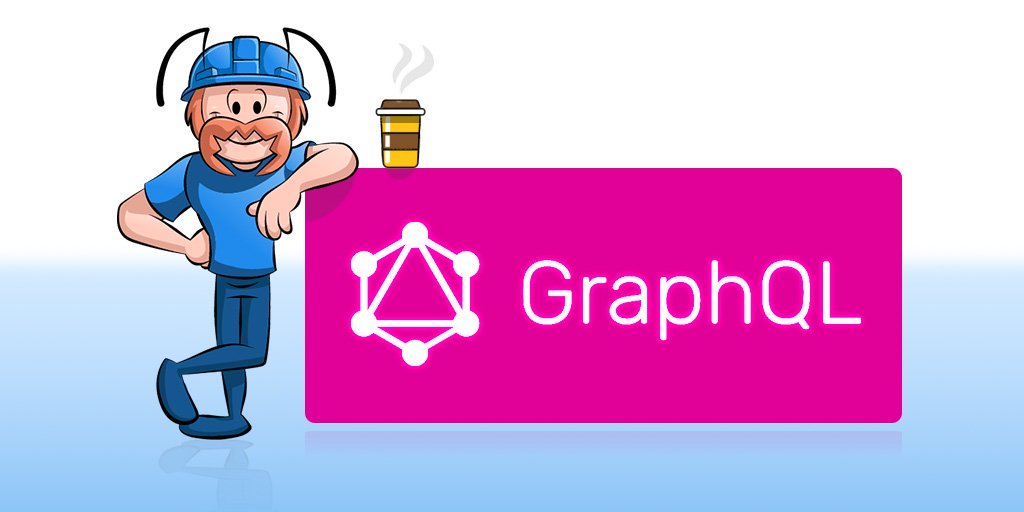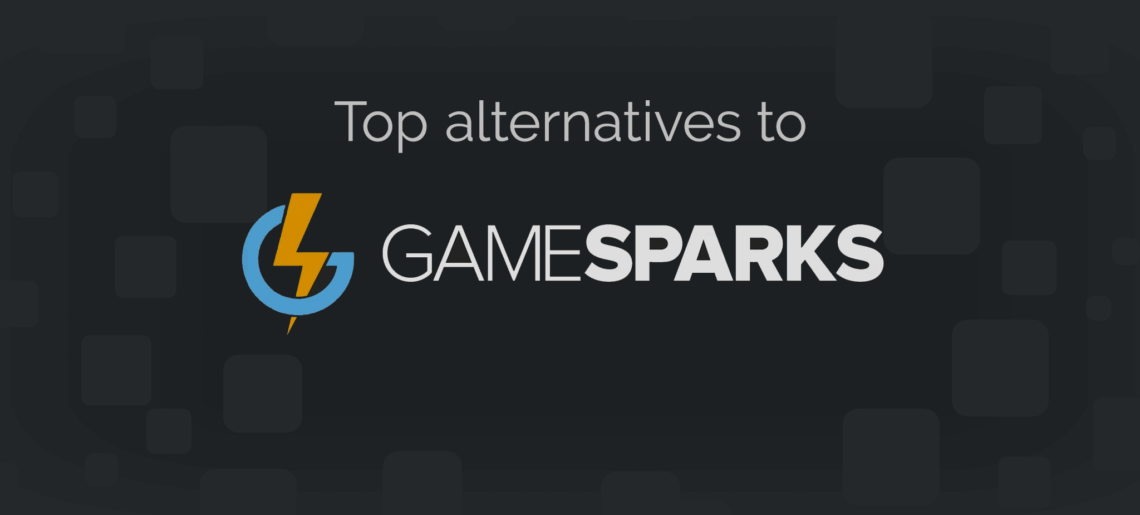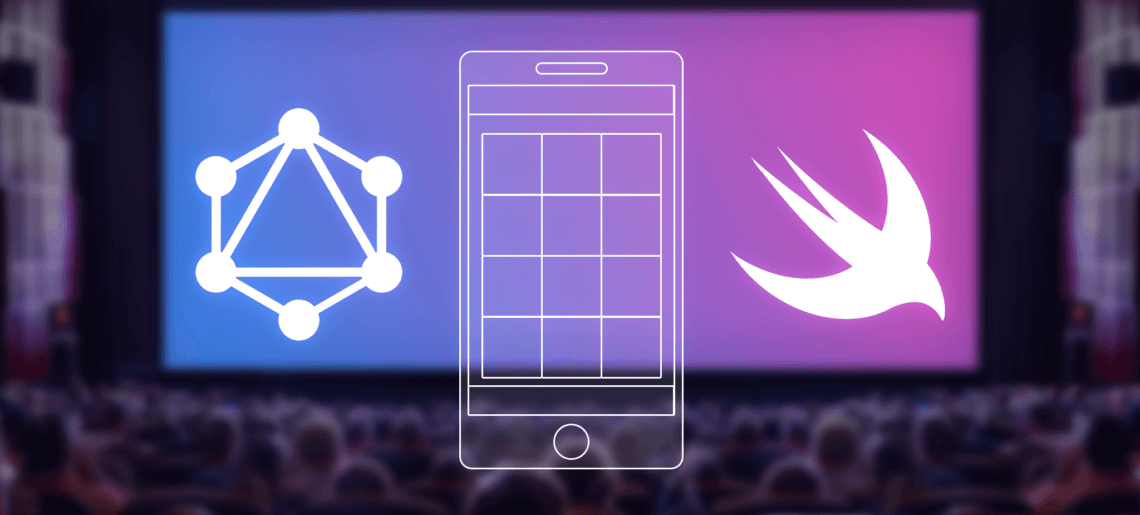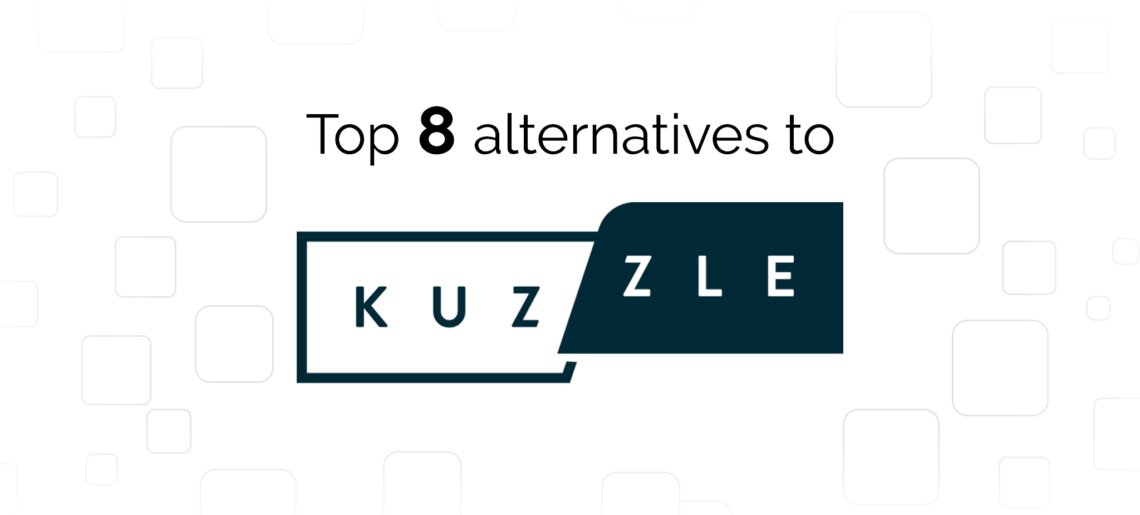The task of creating a big-time mobile app is both cost-intensive and time-consuming. You will need financial resources, mental energy, and lots of time to transform an idea into a full-fledged mobile app.
This article will explore how you can speed up the development timeline of your app and also reduce your speed to market.
In this article, we shall explore the benefits of synergizing the power of GraphQL with a Backend as a Service platform. Without further ado, let’s delve into the tutorial.
An Overview of GraphQL
GraphQL is not completely new to the reader of this article. But many are not aware of the power it presents and the enhancement it can bring into their application development projects. So, let’s get more acquainted with GraphQL.
The genesis of GraphQL can be traced back to Facebook. The social media giant uses this application to achieve the following:
- Streamlining and display posts that need to access an API
- Make a post should display the list of users that liked it
- Make user object display additional information such as a link to the profile, name and profile picture, and many more.
Well, these facts are apparent by accessing Facebook through the web browser. Unfortunately, the mobile app does not give us access to this information. All we see on the mobile platform is a list of likes and a link that leads to their profile.












